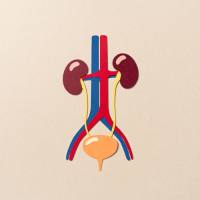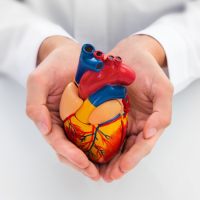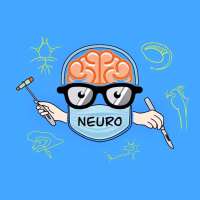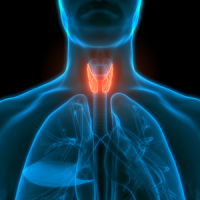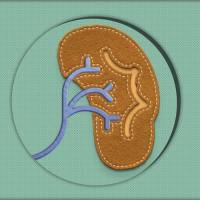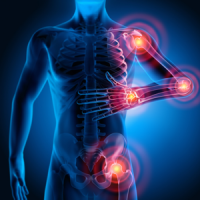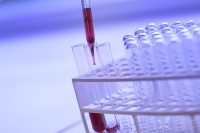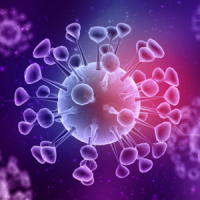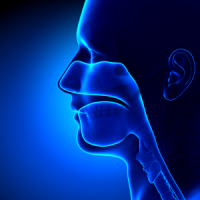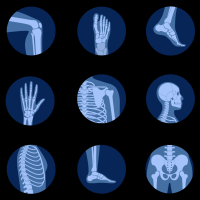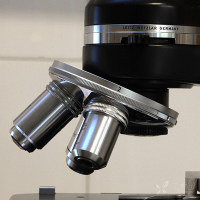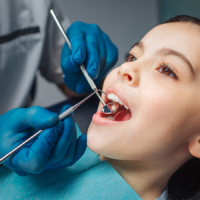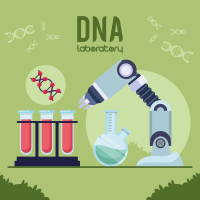【medical-news】Lancet述评:深部脑刺激可治疗难治性神经性厌食症
Although earlytreatment of adolescents with anorexia nervosa—through mobilisation of the family to restore normal eating andweight—is successful in 30–60% ofpatients,1 in those with an illness duration of longer than 3 years (as isoften the case in adult patients) change is more diffi cult.2 Even with thebest available
psychologicaltreatments, outcomes in those with an established form of the illness aregenerally poor.3
In The Lancet, Nir Lipsmanand colleagues4 report the use of deep brain stimulation (DBS) for thetreatment of people with severe and enduring anorexia nervosa. In this phase 1study of six patients, the subcallosal cingulate, an area that has previouslybeen targeted in DBS treatment of resistant depression, was the target for stimulation.In terms of safety, one patient had a serious adverse event—a seizure after DBS programming, 2 weeks after surgery. However,this event was in the
context of aserious, illness-related metabolic problem. The device was switched off andrestarted after 1 week, with no further problems. Intraoperatively, one patienthad a panic attack and another had an air embolus, both of which were managed.The results also showed some early promise for the procedure, with three of the
six patientsshowing improvements in their physical status—benefi ts that seemed to be mediated by improvements in mood andanxiety rather than caused by a direct eff ect on appetite. However, this findingshould be interpreted with caution, since the study was not powered to assessefficacy.
Resistance totreatment beyond a crucial window for intervention might in part be caused bythe effect of starvation on the brain, especially during its development inadolescence. Components of executive function, including decision making,social
communication,and new learning are impaired by low weight, and because these are integral tothe psychological treatments that are usually used in patients with anorexianervosa, treatment becomes more difficult the more the illness becomesembedded.
The sixpatients in Lipsman and colleagues’ trial belong to the sizeable minority of patients who have a severeand enduring form of anorexia nervosa, for whom eating and weight gain areextremely aversive and food restriction and other weight-loss behaviours havebecome pathologically rewarding. Such patients tend to have severe physical andpsychological comorbidities and often need long-term inpatient care.Unsurprisingly, they are the subgroup of patients with the highest rate ofdeath from either physical complications or suicide.5,6 A report7 fromAustralia estimated
the eff ect ofeating disorders on productivity in the country as AUS$15·1 billion in 2012, which is similar to the estimated economic costs ofanxiety and depression. Thus the personal and social costs of eating disordersin general are large, and nowhere are these more evident than in patients withsevere and enduring anorexia nervosa. New effective treatments for these patientsare sorely needed.
Recent workhas contributed to the development of a neurological understanding of eatingdisorders.8,9 This approach opens the way to treatments targeted atdysfunctional neurocircuits and could potentially circumvent the need to workthrough top-down processes that are disabled by secondary starvation defi cits(loss of brain substance with functional problems—eg, in social cognition). DBS is a targeted, minimally invasiveneurosurgical procedure that has been successfully used to treat severe movementdisorders.10 Importantly, the procedure is adjustable
and largelyreversible, and is increasingly being used in carefully selected cases ofsevere, treatment resistant neuropsychiatric disorders such as depression,
obsessive–compulsive disorder, and addictions. These disorders all haveaetiological and clinical overlaps with anorexia nervosa. Diff erent potentialbrain targets for the application of DBS in these disorders are being exploredin animal and human studies. For example, for obsessive–compulsive disorder, DBS of the ventral striatum, nucleus accumbens,and subthalamic nucleus have all been used with some beneficial effect in patients.11The importance of the subthalamic nucleus for the control of eating is shown bythe emergence of binge eating as a possible side-eff ect of DBS in that regionfor the treatment of Parkinson’s disease.12 In rats,DBS of subregions of the nucleus accumbens shell independently modulated foodintake and the motivation to work for palatable food.13 Preliminary resultsfrom China with DBS of the nucleus accumbens in adolescents with severeanorexia nervosa suggest
that targetingthis area might be of benefit.14
Many openquestions remain in relation to use of DBS in anorexia nervosa, including thechoice of targets, mechanisms of action, and practical issues such as patientselection and acceptability of the treatment to patients and their families.Nonetheless, the fi ndings of this proof-of-concept study are promising andwill give hope to patients with especially pernicious forms of the disorder andtheir families. The fact that the procedure was associated in some patientswith improvements in affective and obsessional symptoms is of key importance, sincesuch improvements will go some way towards reassuring patients that DBS is notjust another treatment designed to fatten them up without making them feelbetter.







